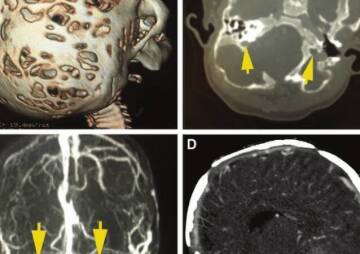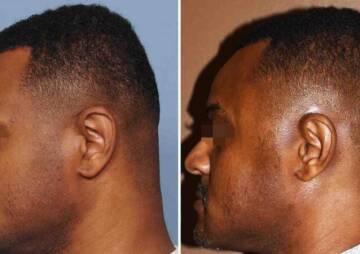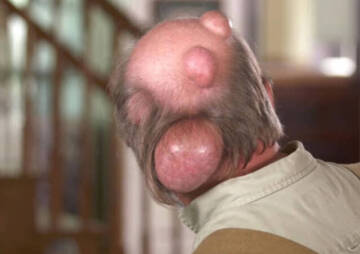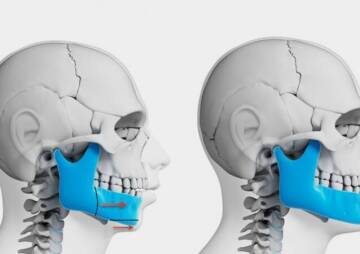-
Category
Craniomaxillofacial Surgery
Orthopedic Surgery
Spine Surgery
Orthopedic Implants
Hip Surgery
Knee Surgery
Pectus Excavatum
Bone Graft
Disinfectants
Healthcare
What Are Cranio-Maxillofacial Injuries?
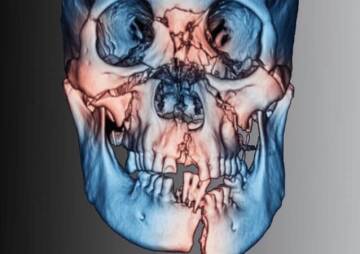
Cranio-Maxillofacial injuries usually occur as a result of a variety of reasons. These may involve falling from certain heights, being hit by strong and heavy objects, damages caused in motorbike or car crashes, ripping of the bones by sharp objects or bullets, being attacked and kicked by an animal, injuries occurred during sports games or fights, damages received by industrial or domestic accidents, severe burns resulted from acid attacks, etc.
Cranio-maxillofacial injuries, also referred to as maxillofacial injuries and/or facial trauma, are a category of injuries received on the face and the skull. This kind of injury, involves different kinds of damages which can be categorized as soft tissue, skeletal, vascular, intraoral structure, and neurologic injuries which are either present at birth or occur later. As such wounds, cuts, burns, and bruises, displaced or fractured bones are prevalent symptoms. Any part of the face and the skull can be subject to facial injuries.
Causes
Cranio-Maxillofacial injuries usually occur as a result of a variety of reasons. These may involve falling from certain heights, being hit by strong and heavy objects, damages caused in motorbike or car crashes, ripping of the bones by sharp objects or bullets, being attacked and kicked by an animal, injuries occurred during sports games or fights, damages received by industrial or domestic accidents, severe burns resulted from acid attacks, etc.
Even though many factors contribute to the prevalence of the kinds of causes for maxillofacial injuries in different countries, research has showed that the main reasons for such injuries in many countries is being involved in vehicle accidents. Moreover, because of their increased rate of exposure to such causes, the reports of male patients suffering from maxillofacial injuries outweigh those of female patients.
Additionally, different age groups might also be more susceptible to different kinds of injuries. For example, individuals aging 35 or younger with maxillofacial injuries, have often been involved in motor vehicle accidents or assaults. The latter, usually involve a more severe damage to the left hemisphere of the face, because most attacks are made using the right hand. Individuals caught in street fights, domestic violence or child abuse are susceptible to such injuries. Using firearms, especially in countries such as the U.S.A, is another major cause of the injury which usually involves individuals above 15 years of age. Moreover, serious dangers threaten younger children because of the unproportioned mass ratio between the head and the body, lack of control over body movements of the body, and lower perception to the surrounding dangers. Falls, bicycle crashes, injuries during sports games, and assaults are the common contributing reasons for children’s craniofacial injuries. Last but not least, patients aging more than 65 years old, maintain a lower risk of receiving craniofacial injuries, and the most common reason for such injuries in the elderly is falling.
Damages and Symptoms
Since the organs in the face are responsible for important functions such as breathing, seeing, smelling, hearing, chewing, and talking, the subjects may come across different kinds of problems with different degrees of severity, as a result of the cranio-maxillofacial injuries. Besides the surface level injuries such as swelling, bruises, and wounds, some serious internal issues such as infection, bleeding, and fracture may also happen. In addition to this, because of the damages of the central system of nerves in the facial organs, the individual may also experience difficulty in the functions of the face and its organs, depending on the affected area.
As the kind of injury, its cause, the severity, and affected area may vary, the individuals may also experience different kinds of symptoms. Fractures usually cause deformity and damage to the symmetrical proportions of the face, in addition to pain, bruises and swelling of the tissues in the damaged area. Damages to the nose or bone fracture are visible by nosebleed, bruising of the area under the eyes, difficulty in breathing, and deformity of the nose. Meanwhile, a symptom for a damaged jaw bone can be deformity, numbness of the lips, and difficulty in opening or moving the jaws. Also, the orbital region injuries may be understood by swelling, bruising, double vision and blurring, numbness in the area around the eyes, and difficulty in moving the eyes. Burns can result in redness, swelling, blisters, pain, headaches, and fever. In severe cases, the victim may also experience increased pulse, blood pressure, and shock. Serious injuries may result in death as well.
While some injuries might be mild, it is better to immediately visit the closest hospital in case any of the following occur:
- Unconsciousness or a comatose state
- Profuse bleeding
- Breathing difficulty
- Staggering while walking
- Stuttering
- Double vision
- Sight problems
- Vomiting
- Serious damage of the skin, flesh or bones
- Displacement and swelling
Diagnosis and Treatment
Cranio-maxillofacial injury treatments became especially more prevalent after the World War 1. It was during this time, that many human beings sustained some kind of cranio-maxillofacial injury in the head and neck. As such, dentists and surgeons made closer examinations of the anatomy of the face and the head in order to develop suitable treatment methods,
Specialists at emergency medical care centers are usually the first to diagnose a cranio-maxillofacial injury. As the face is a very complicated part of the body with many delicate tissues, nerves, organs, and bones, injuries too may result in serious complications. The face is also associated with the individual’s appearance and beauty. Hence diagnosis involves a careful examination of the area inside the month and nose. Physicians generally look for symptoms such as bruises, swelling, fractures, loose teeth, the discharge of blood or cerebrospinal fluid which indicates a damage to the skull. Then the face and the neck are examined carefully. The doctor also enquires after the cause of injury, the story behind it, and the victim’s history of illnesses and damages, so as to develop more precise methods of diagnosis.
Based on the type and level of injury, as well as the injured area, several methods of treatments are available. Besides fixing displacement, and keeping a tap on bleeding, one of the most commonly used methods is using maxillofacial implants during maxillofacial surgeries. Depending on the affected area and the kind of injury, these implants may help boost the function of the involved organs and treatment. On Health News Center you can learn more about some types of the maxillofacial implants commonly used during maxillofacial surgeries.
Conclusion
Cranio-maxillofacial injuries refer to a range of damages occurred in the face and the skull of the patient. These usually happen as a result of accidents, assaults, falling from heights, etc. Moreover, injuries involve damage to the soft tissue, bones, neural and vascular systems, as well as the intraoral structure. As a result, the patient may experience inconvenience in breathing, seeing, moving the jaws, talking, walking and might even vomit or lose consciousness.
There are various procedures for treating the condition. After careful diagnosis of the situation and complications which rise because of the injury, surgeons make a decision on the best treatment methodologies. The procedures commonly make use of some kind of maxillofacial implants that are inserted inside the patients’ body, in the injured area.


